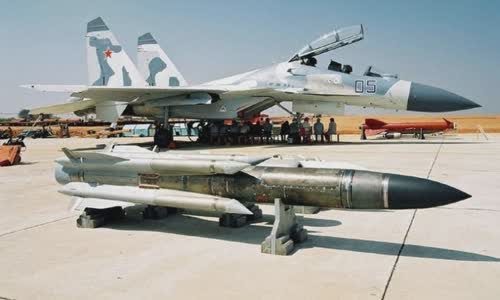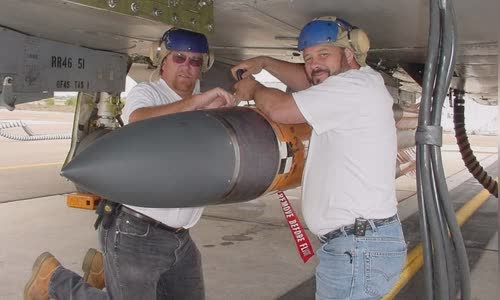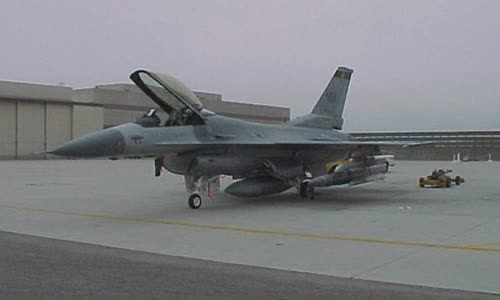The United States failed to develop a target to simulate the Russian supersonic anti-ship missile, forcing the Pentagon to order a Kh-31 model manufactured by Moscow.
The US Navy in the 1990s pursued a series of projects to develop high-speed flying targets and similarities to Russian anti-ship missiles, in order to find ways to counter and train soldiers in real-life conditions.

Kh-31 missile displayed next to Su-30KN fighter on display in 1991 Photo: Ausairpower
The Kh-31 rocket was developed by the Soviet Zvezda-Strela design institute in the late 1970s with the goal of creating a radar-destroying missile that can deal with advanced American weapons at that time as a defense complex.
The first Kh-31 prototype was tested in 1982 and put into service six years later.
Both versions were made public in 1991, shortly before the breakup of the Soviet Union.
All Kh-31 variants use a primary boost to achieve a negative overspeed, then activate a straight-line jet engine (ramjet) to maintain supersonic speed throughout the journey.
The Kh-31P flies at high altitudes to follow enemy radar signals, allowing it to reach speeds of over 4,300 km / h and a range of 110 km, while the Kh-31A flies close to the surface of the sea, having a maximum speed of 3,300
The Kh-31 series is considered one of the most dangerous tactical weapons for the Patriot batteries and US warships, forcing Washington to find a countermeasure.

US technician mounted MA-31 flying target on F-4 fighter Photo: Drive
The U.S. Navy in the late 1970s launched the Small High Magnitude Target (SLAT) project to test the combat capabilities of the Aegis shield, after failing and destroying ZBGM-90A and ZBQM-
Martin Marietta Corporation was awarded a SLAT development contract in 1984 and produced the YAQM-127A prototype using a ramjet engine.
The breakup of the Soviet Union created a rare opportunity for the United States, when the Pentagon could buy a complete range of designs and weapons from Russia, Ukraine and the Commonwealth of Independent States (CIS).
In 1995, the McDonnell Douglas Corporation was contracted by the US Navy to purchase and modify the Kh-31A anti-ship missile to compare with the requirements of the Supersonic Sea Target (SSST) project.
McDonnell Douglas bought the Kh-31 rocket hull and engine, which had its detonator and firing system removed, then installed the device to turn it into a flying target.
The MA-31 flying targets have the same tactical specifications as the Russian Kh-31 missiles, which can fly in anti-ship orbit or kill radar on demand.

The F-16 aims to fly MA-31 under wings in a 2005 test Photo: Drive
Boeing merged McDonnell Douglas in 1997 and maintained the MA-31 program.
However, the era of MA-31 did not last long.
The first Coyote prototype flew in 2004, around the same time that Boeing launched the MA-31PG design, in which the URAP system was replaced by a satellite navigation system similar to the JDAM bomb.
This effort was unsuccessful when Russian President Vladimir Putin imposed a restriction on arms exports in 2001, slowing the process of handing equipment to Boeing.
The success of the GQM-163A project put an end to the MA-31 line.
"The deteriorating bilateral relationship makes it difficult for the United States to buy additional Russian weapons in the near future. However, the MA-31 project still shows an interesting historical period when the US Navy had difficulty manufacturing.



 Susan Jordan
Susan Jordan







